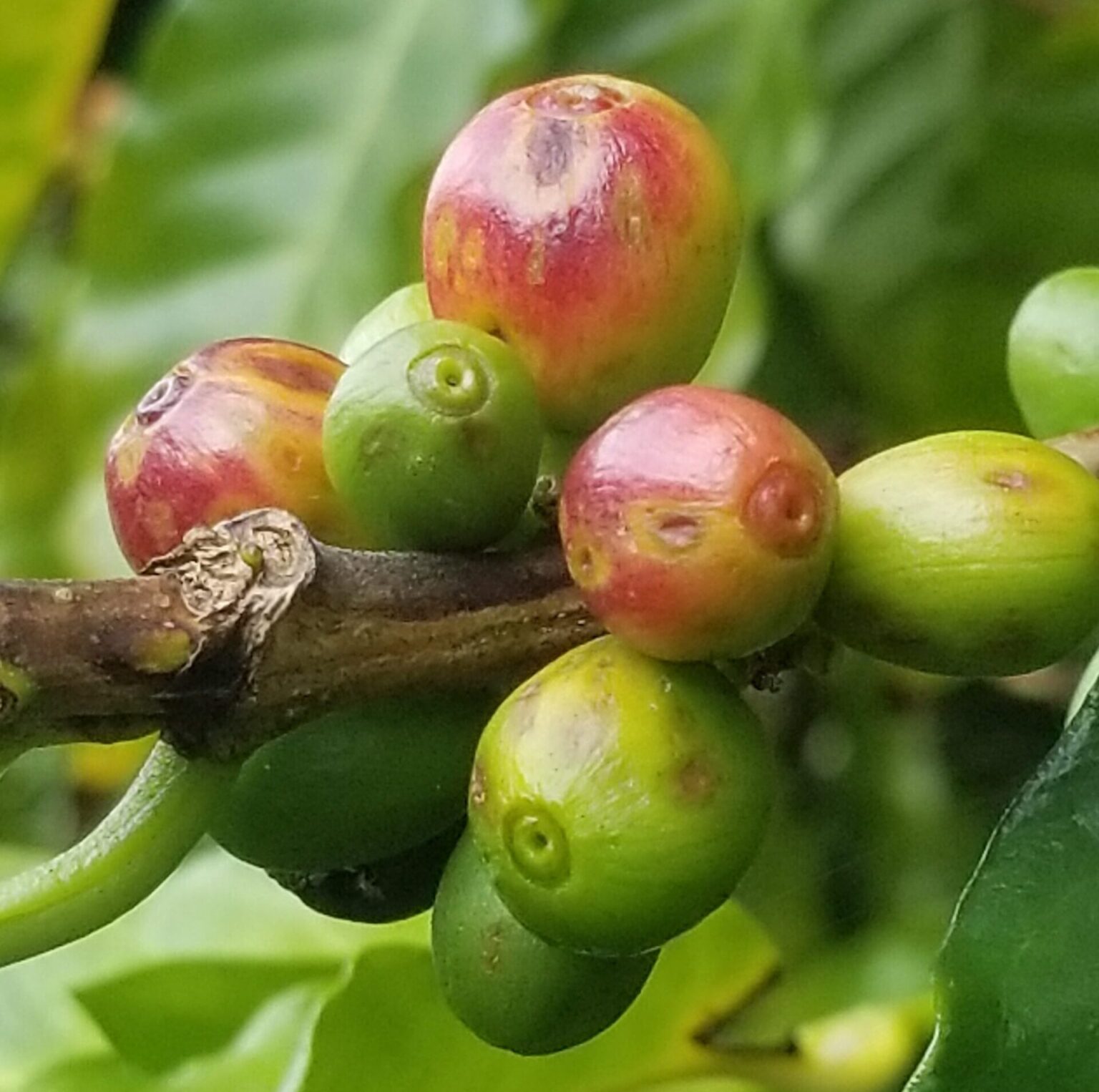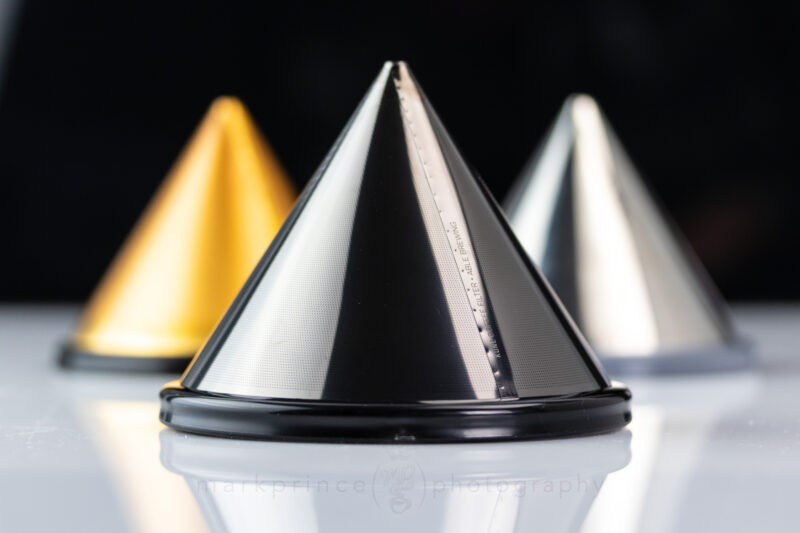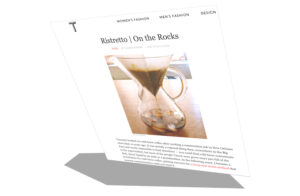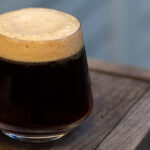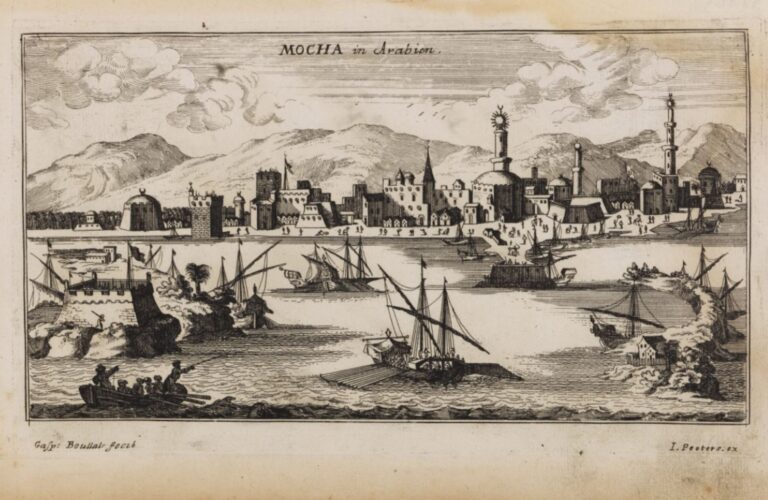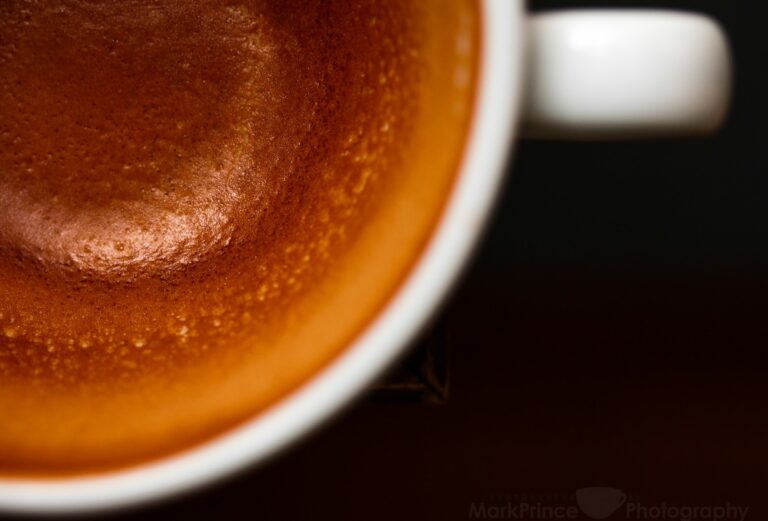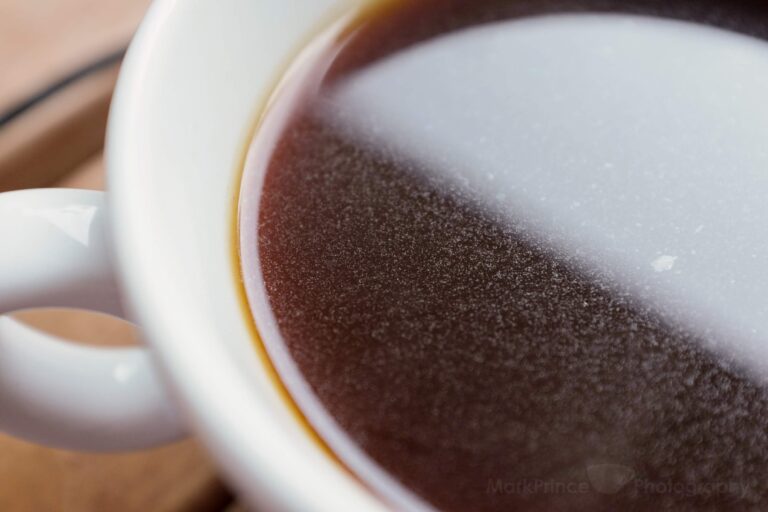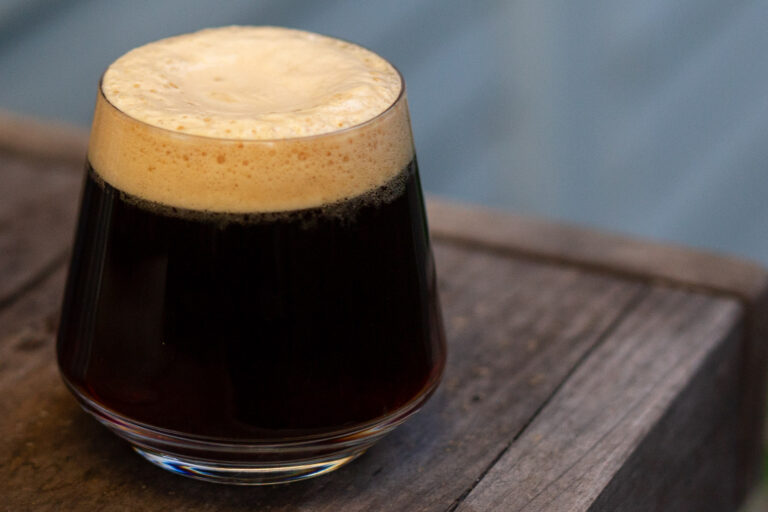When you look at those tiny roasted gems that will eventually transform into the life sustaining beverage we call coffee, you might not fully understand what you’re looking at. What we’re really seeing is a single part of a whole. For example, you can’t truly begin to appreciate your cappuccino without understanding the ratios and the education that went in to its creation. And just like the cappuccino (or any other espresso drink), you can’t really enjoy your morning pick me up without realizing that it’s not just the bean that you need to acknowledge. It’s the whole plant, from the leaves and stems, to the seed, husks, grounds, and the fruit itself.
Let’s look into different ways that the entire coffee plant (and its byproduct) can be utilized. This is the first of a two part series.
Coffee and Grounds
Normally, we make our coffee and toss the grounds. But this byproduct actually has multiple uses. For example, if you’re having trouble with slugs, snails, or other creepy crawlies (like fruit flies, mosquitoes, fleas, and beetles), just sprinkle coffee grounds on the soil. Caffeine is a natural deterrent for these pests and contains compounds that are toxic to them. On the flip side, it also has the possibility to harm good insects. So keep in mind that you can have too much of a good thing, and don’t go dumping a 1 kg container of spent grounds on your two tomato plants. They won’t be happy.
Some claim that the odor is also offensive to cats, so if your neighbor’s precious Mr. Kitty keeps treating your flowerbed like his personal litter box, this might be something to look into.
You can also use coffee grounds to neutralize odors, exfoliate your skin, or as a meat tenderizer. Who knew that coffee grounds could be so versatile?
Is your head pounding because you stayed up a little too late last night enjoying one too many Irish Coffees? Never fear, your savior is set on automatic brew and will be ready to rescue you in the morning. A headache is caused by increased blood flow around the brain, causing pressure and ultimately a very unhappy noggin. According to the Mayo Clinic, caffeine actually restricts blood flow and minimizes pain. And it’s scientifically proven to make you happy, so that reason alone should be good enough to celebrate this amazing plant.
Stems and Leaves
This part of the plant is also commonly dumped at landfills, which is unfortunate because it makes fantastic compost. The leaves themselves have a long history of being used in tea and tisanes (yes, there is a difference between the two). In Ethiopia this coffee leaf bevvy is called “Kuti”, and is usually consumed alongside traditional Ethiopian foods and drinks (including coffee). The leaves are steamed, rolled and dried, and are sometimes roasted or even fermented.
Because the this part of the plant is rich in nutrients, it’s also being tested in feed as a potential economic and eco-friendly source of livestock food.
Another surprising place that coffee leaves are popping up is in tobacco cessation products, primarily in the chew and spit form (but if you’re going to spit it out, why chew on it in the first place?)
Coffee Husks
Husks, or chaff, have little to no profitable value; until now. In mass production, the husks are normally discarded and become biowaste that releases methane gas into the atmosphere (eww, greenhouse gas emissions!) While some smaller operations will donate or give the husks away for composting or fertilizer, the International Coffee Organization (ICO) has been developing multiple alternate uses for all parts of the coffee plant, including using the husks as fuel.
We’re all fueled up on coffee anyway, so this option makes perfect sense.
Coffee Cherry
This guy has been hanging around the Club Java for a few years now, and with good reason. It’s because this particular byproduct, the fruit (or what I like to call the coffee bean’s jacket) is dried and served as a refreshing infusion called cascara (which I’ll have a lot more to write about on, soon).
The coffee cherry is also being used to make coffee flour. This flour is made by dehydrating and processing the fruit down to a powder that has the consistency of ground espresso. It’s supposedly high in iron, potassium, fiber, and protein. So now not only can you drink your cup of coffee, you can eat it, too.
Coffee flour muffin, anyone?
Robyn earned her coffee stripes working as a barista up and down the California coast. After ten years, she moved from behind the bar to behind a desk as the inside sales rep for a local wholesale coffee roastery. She is currently a contributing writer at BuzzFeed and works in social media marketing and design. When it comes to espresso, nothing makes her happier than a decadent crema.
-
Robyn Hunthttps://coffeegeek.com/author/robyn-hunt/April 6, 2024
-
Robyn Hunthttps://coffeegeek.com/author/robyn-hunt/March 30, 2024
-
Robyn Hunthttps://coffeegeek.com/author/robyn-hunt/March 27, 2024
-
Robyn Hunthttps://coffeegeek.com/author/robyn-hunt/March 26, 2024

